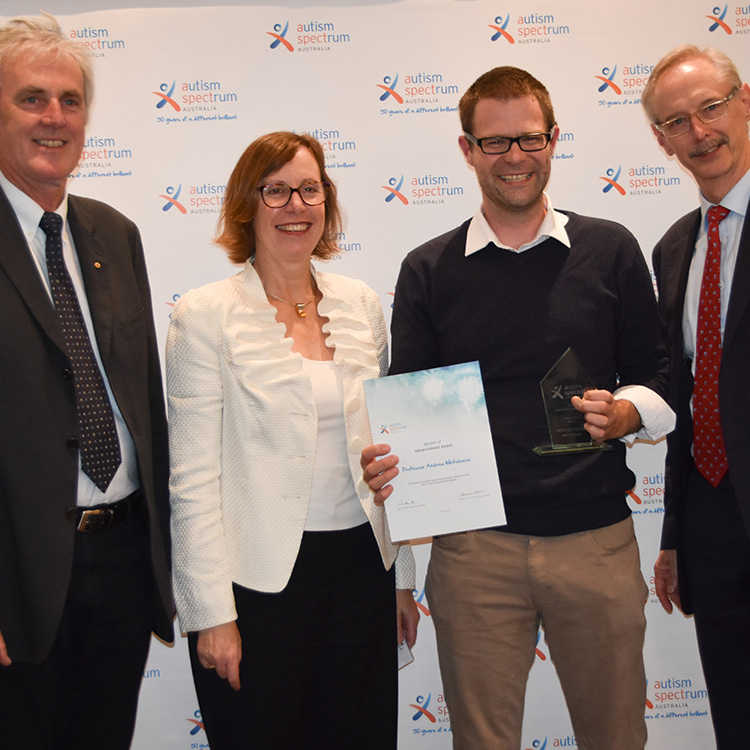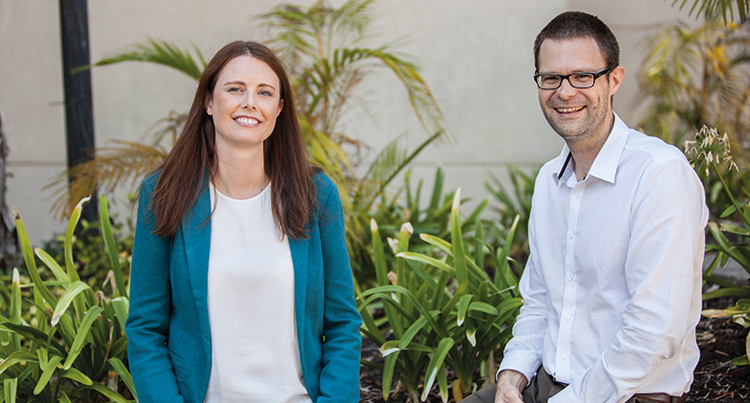Search

News & Events
Autism researcher wins accolade for science videosProfessor Andrew Whitehouse has been awarded an Autism Spectrum Australia Recognition Award for his work communicating scientific findings to families.

Sibling Support and Teen Talk Studies form

News & Events
New autism guideline a lifeline for familiesProfessor Andrew Whitehouse tells how Australia’s first national guideline for the diagnosis of autism spectrum disorder is going to transform the way the condition is assessed and managed, vastly improving the experience for families.
Research
The Dyslexia Candidate Locus on 2p12 Is Associated with General Cognitive Ability and White Matter StructureTo further explore the effect of disorder-associated genes on cognitive functions, we investigated whether they play a role in broader cognitive traits.
Research
Autism and intellectual disability are differentially related to sociodemographic background at birthWe used population data on Western Australian singletons born from 1984 to 1999 (n = 398,353) to examine the sociodemographic characteristics of children...
Research
Fetal androgen exposure and pragmatic language ability of girls in middle childhoodPrenatal exposure to testosterone has been shown to affect fetal brain maturation as well as postnatal cognition and behavior in animal studies.
Research
Fetal androgen exposure and pragmatic language ability of girls in middle childhood:This is the first prospective study to identify an association between early life testosterone exposure and pragmatic language difficulties in girls
Research
Free testosterone levels in umbilical-cord blood predict infant head circumference in femalesFetal androgens influence fetal growth as well as postnatal neurocognitive ability
Research
Cerebral dominance for language function in adults with specific language impairment or autismA link between developmental language disorders and atypical cerebral lateralization has been postulated since the 1920s, but evidence has been indirect and...
Research
The recruitment and retention of Speech and Language Therapists: What do university students find important?The increasing need for speech and language therapy (SLT) services, coupled with poor employment retention rates, poses serious cost-benefit considerations.
